Old Sun Community College Second Floor
The Second Floor of Old Sun Community College (OSCC). Click on the triangle to load the point cloud. Labels on the point cloud indicate past room functions during Old Sun’s time as a residential school. Important Areas Include Four Large Classrooms and the Chapel.

“Their education must consist not merely of training of the mind, but of a weaning from the habits and feelings of their ancestors, and the acquirements of the language, art and customs of civilized life.” – Egerton Ryerson, 1847 Report for Indian Affairs
The second floor of the college is now used for administrative and operational functions of the institution. Many of the smaller rooms on this floor are used as offices for current staff, including the main office for the college, the registrars’ office, and the presidents’ office. The southernmost side of this floor features two classrooms, while the northern side has the classroom for the computer lab. This end of the building connects with the converted annex, which now has multiple staff offices, a kitchen, and a boardroom. Towards the back end of the main floor is the college library which used to be the former chapel. The chapel now functions as a library and is one of many examples of transformational resilience in the building. The apse which is a standard part of any church plan, for example, currently houses the Siksika Story Robe Winter Count, which was commissioned to celebrate the 40th anniversary of the college. The library also has an Indigenous focused literary collection for use in the college, along with computer stations, and an entrance decorated with student artwork and archival photos of Siksika Nation members.
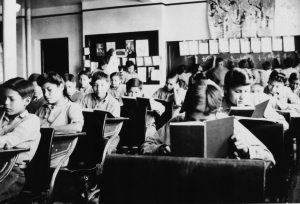
When Old Sun operated as a residential school, this central wing of the main floor contained the chapel. The mid-section of the floor served both as offices for the administration of the school and included the principal’s office. The south side contained two classrooms where students divided by age would attend a variety of basic lessons. The classrooms themselves used to be separated by a short hallway leading out to a building that was once attached to the south side of the school. This building which no longer stands had additional classrooms, offices, and staff residences. The north end of the first floor contained classrooms for grades 3 and 4, as well as the annex/former Anglican minister’s quarters. The minister was also the principal of the school. This building was added to the original school building and once contained a living area, kitchen, dining room, as well as several bedrooms on its second floor. The annex was home to the minister, his family, and invited guests.
Old Sun Chapel: “A Room for Prayer and Abuse”
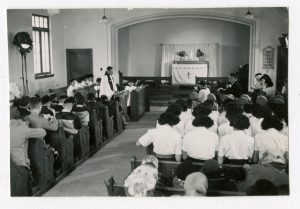
Situated architecturally in the middle of the school, the children would be brought into the chapel from their separate playrooms (boys and girls). Once the bell alerting them that it was time to attend chapel had sounded, the children would file into their respective sides of the church and stand while the minister entered with the choir behind him. Students were required to pray before each meal and attend service in the chapel every morning before classes, and every evening after dinner, as well as kneel and pray before bedtime. When chapel services were open to the community, children would file in first, followed by parents and other family members who would enter the chapel and sit on the men and women sides. Children attending the school were not allowed to speak with or even look at family members. When recalling her experience in the chapel, survivor Gwendora Bear Chief said “it was a room for prayers and abuse.”
Left click and drag your mouse around the screen to view different areas of each room. If you have a touch screen, simply drag your finger across the screen. Your keyboard's arrow keys can also be used. Travel to different areas of the second floor by clicking on the floating arrows.
This image gallery shows historic and modern photos of Old Sun College's second floor. Click on photos to expand and read their captions. If you have photos of the second floor at Old Sun that you would like to submit to this archive, please contact us at irsdocumentationproject@gmail.com.

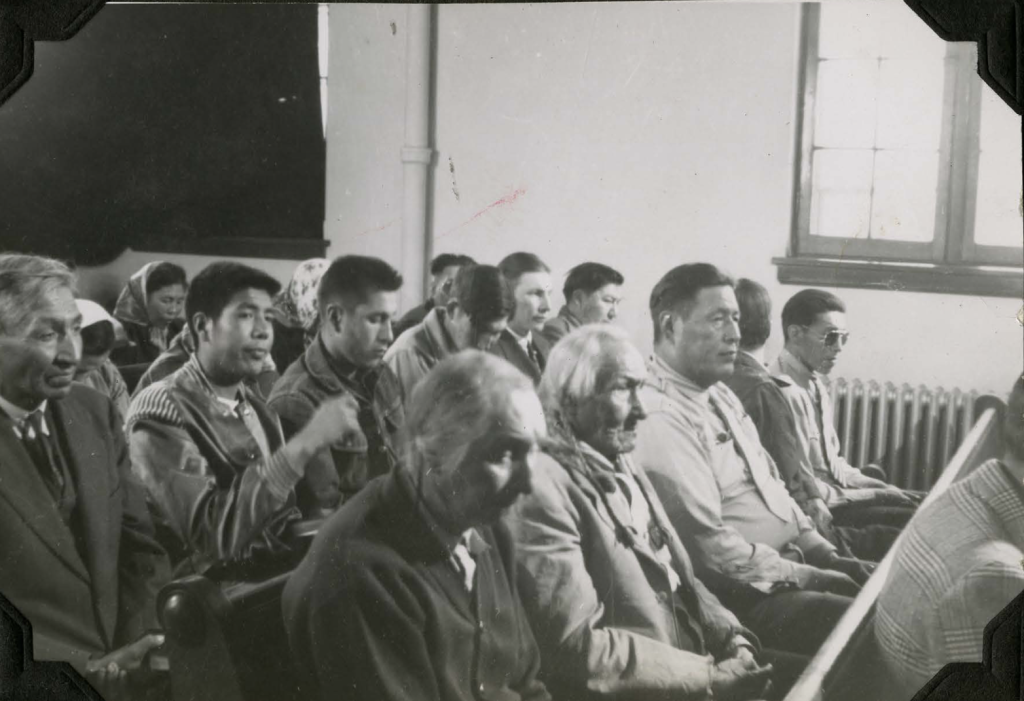
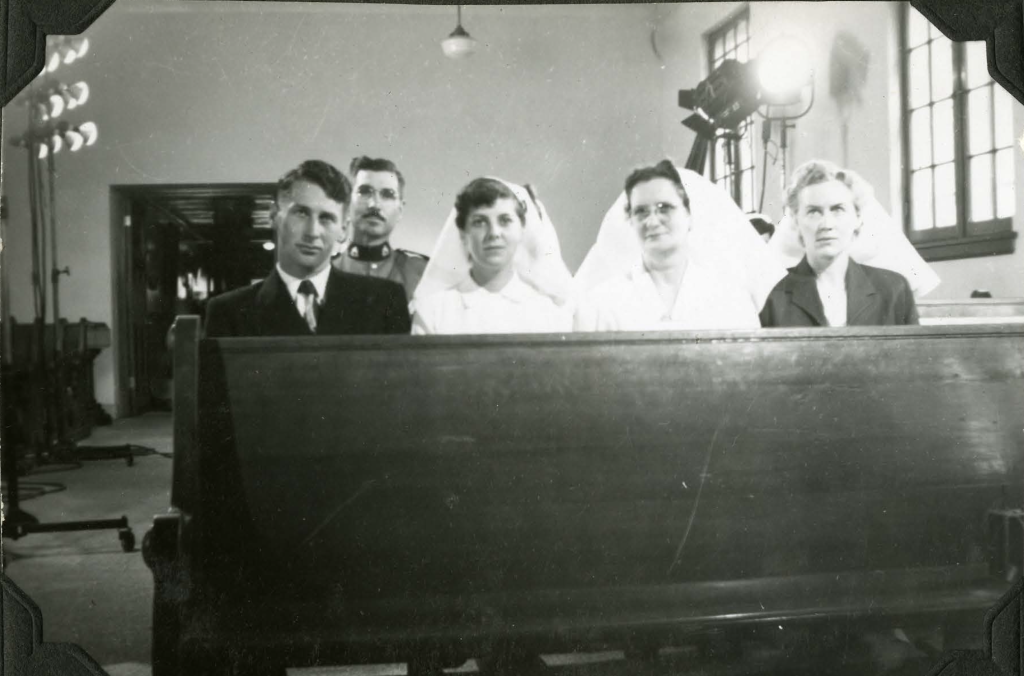
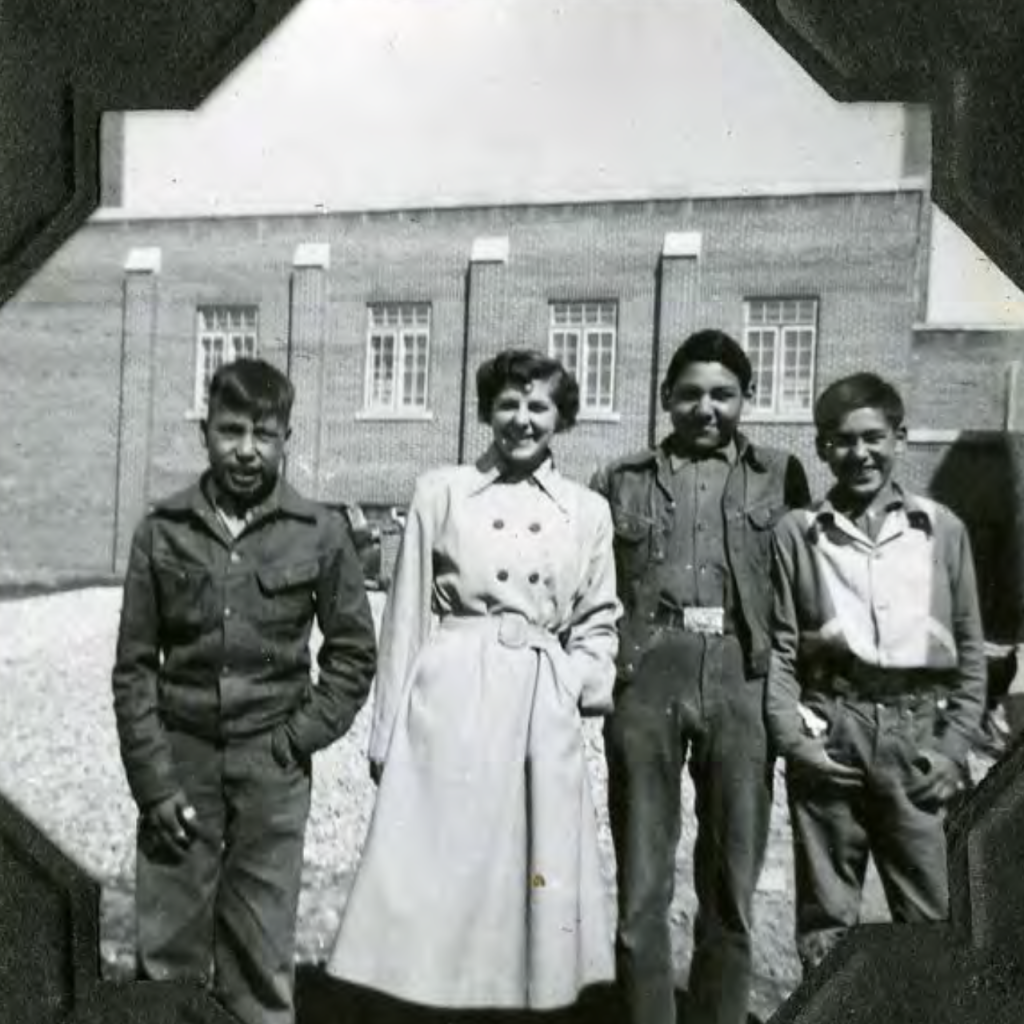
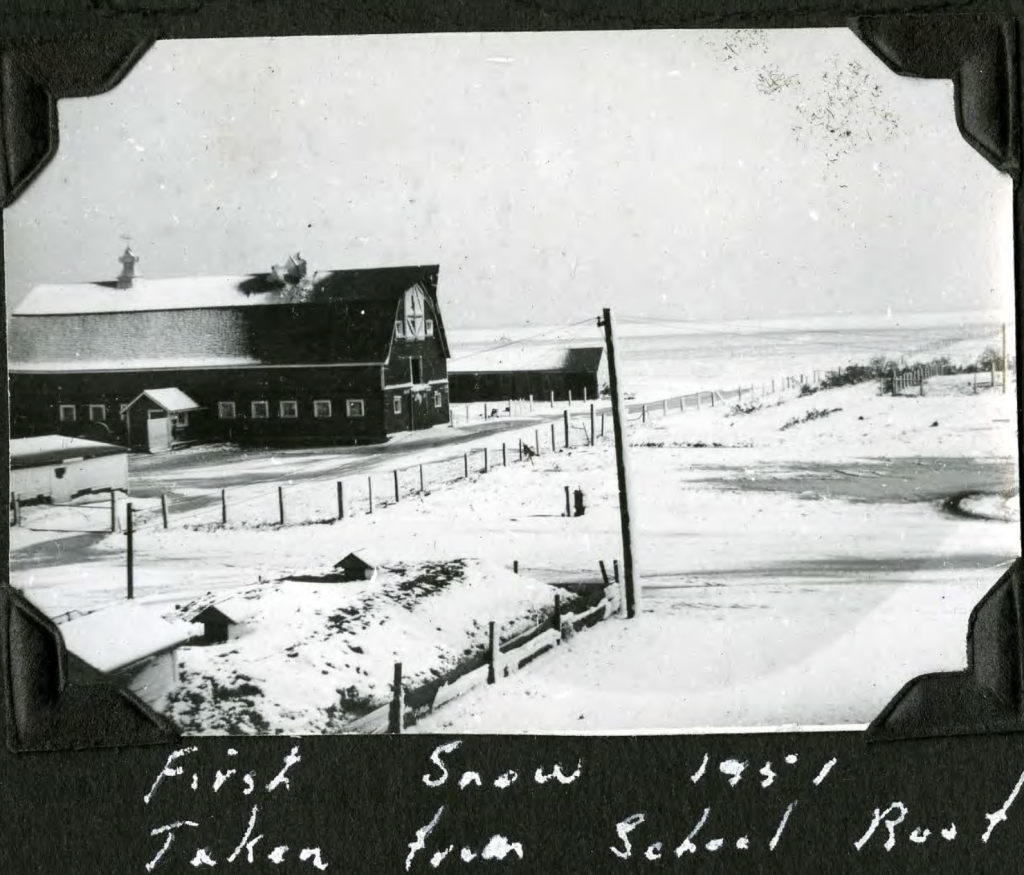

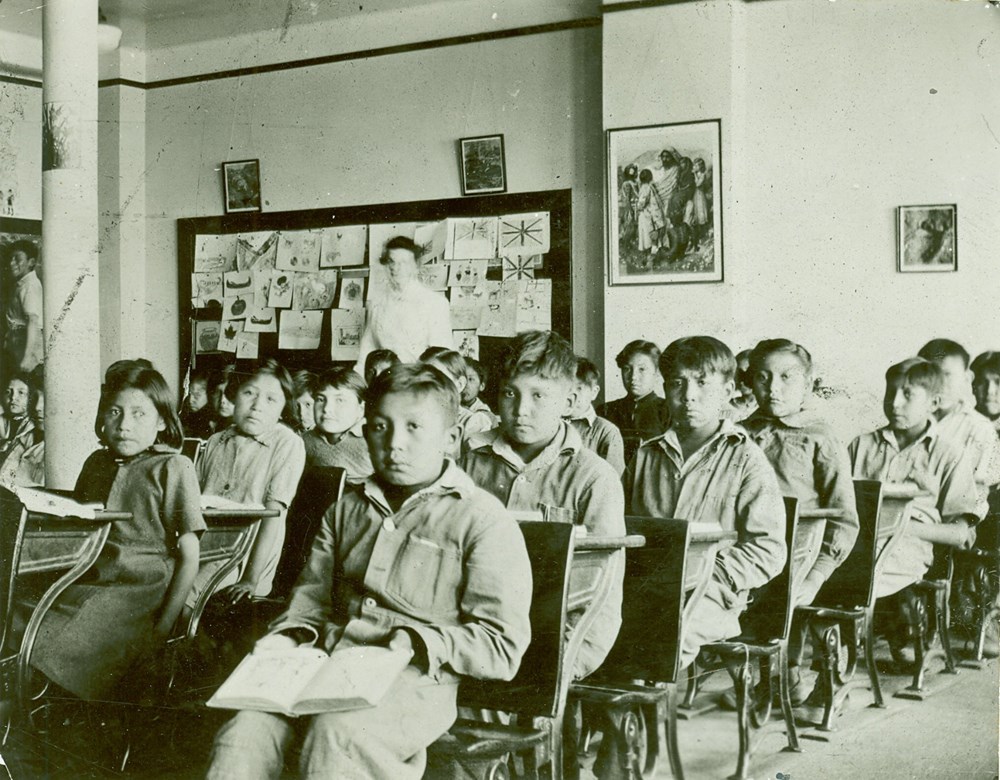
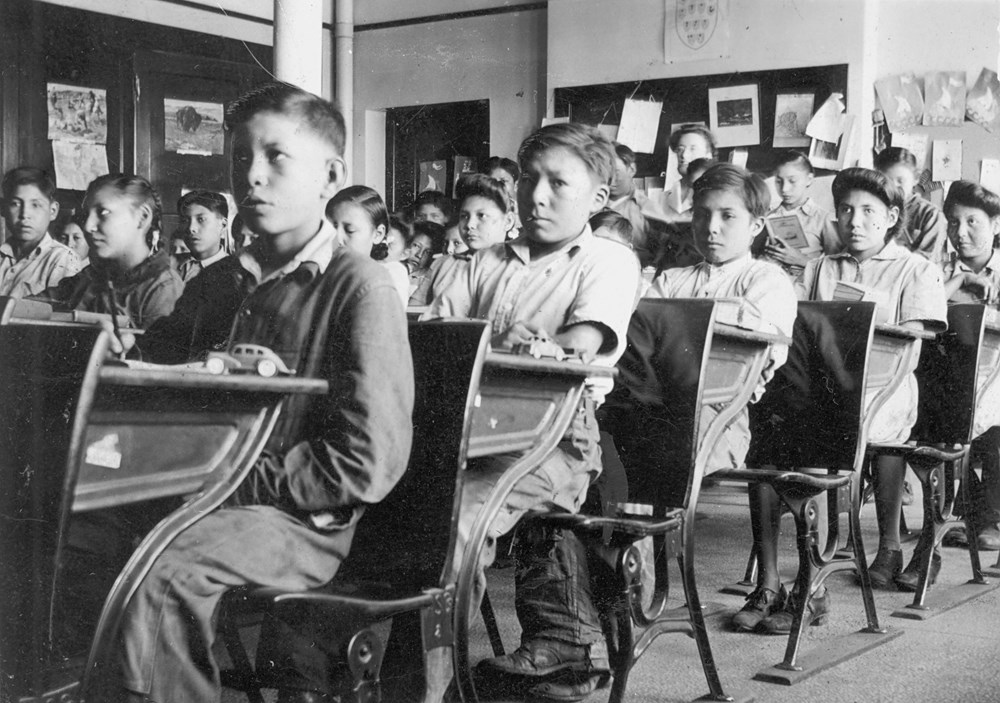
![Morning Prayer. View from rear to front of school chapel, with pews filled with students and distant principal conducting service- [194-?]. P75-103-S7-185 from The General Synod Archives, Anglican Church of Canada](https://irs.preserve.ucalgary.ca/wp-content/uploads/2021/07/P75-103-S7-185.jpeg)
![Grades 3 and 4. View of classroom with students at their desks and teacher standing at rear- [194-?]. P75-103-S7-193 from The General Synod Archives, Anglican Church of Canada](https://irs.preserve.ucalgary.ca/wp-content/uploads/P75-103-S7-193.jpeg)
![Sister and brother Audrey and Colin Stimson sitting outside the front entrance steps - [193-?]. P75-103-S7-194 from The General Synod Archives, Anglican Church of Canada](https://irs.preserve.ucalgary.ca/wp-content/uploads/2021/07/P75-103-S7-194.jpeg)
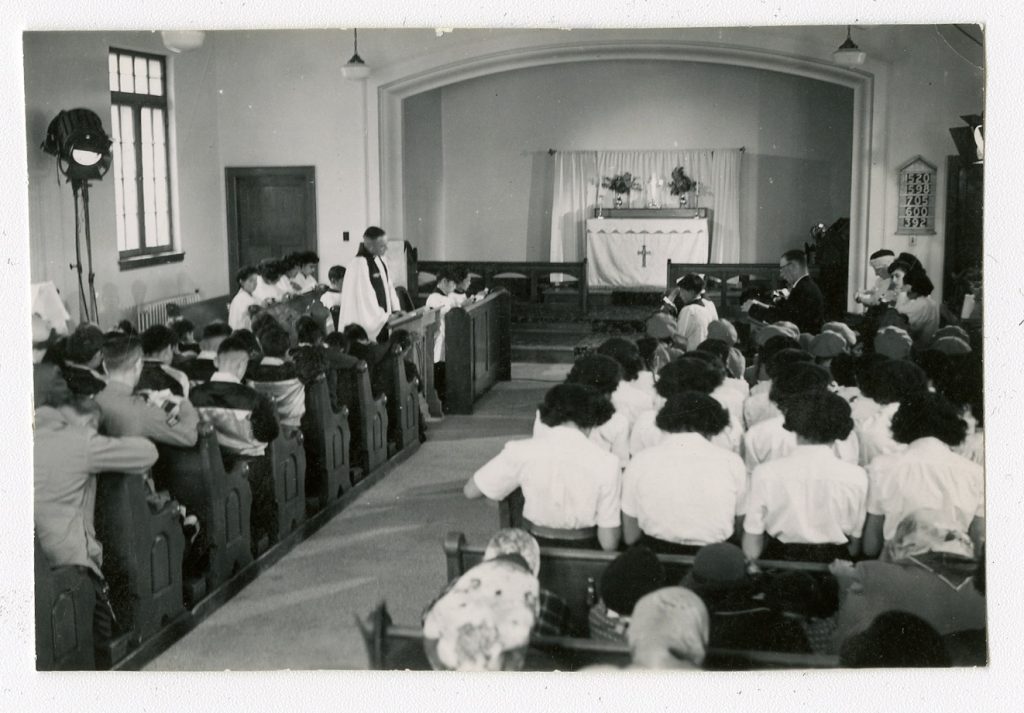
![Canon Gibbon Stocken and Chief Paul Little Walker at the front of Old Sun chapel [ca. 1949]. P75-103-S7-197 from The General Synod Archives, Anglican Church of Canada](https://irs.preserve.ucalgary.ca/wp-content/uploads/2021/07/P75-103-S7-197.jpeg)
![Canon Gibbon Stocken conducting service at Old Sun School. - [ca. 1949]. P75-103-S7-198 from The General Synod Archives, Anglican Church of Canada](https://irs.preserve.ucalgary.ca/wp-content/uploads/P75-103-S7-198.jpeg)
![Senior students. Photo consists of senior girls at their desks, boys standing against side wall, and Principal and staff member standing at rear- [194-?]. P75-103-S7-201 from The General Synod Archives, Anglican Church of Canada](https://irs.preserve.ucalgary.ca/wp-content/uploads/P75-103-S7-201.jpeg)
![Grades 4 and 5 classroom with students working at their desks- [194-?]. P75-103-S7-205 from The General Synod Archives, Anglican Church of Canada](https://irs.preserve.ucalgary.ca/wp-content/uploads/P75-103-S7-205.jpeg)
![Senior class and teacher Miss J. Rutherford. - [194- ?]. P75-103-S7-206 from The General Synod Archives, Anglican Church of Canada](https://irs.preserve.ucalgary.ca/wp-content/uploads/P75-103-S7-206.jpeg)
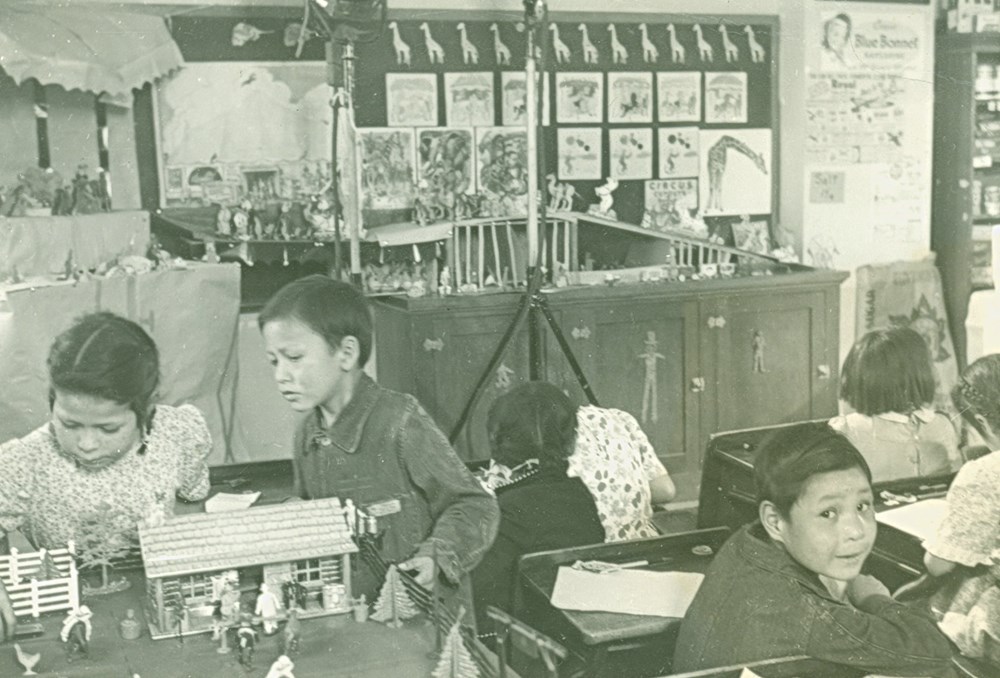
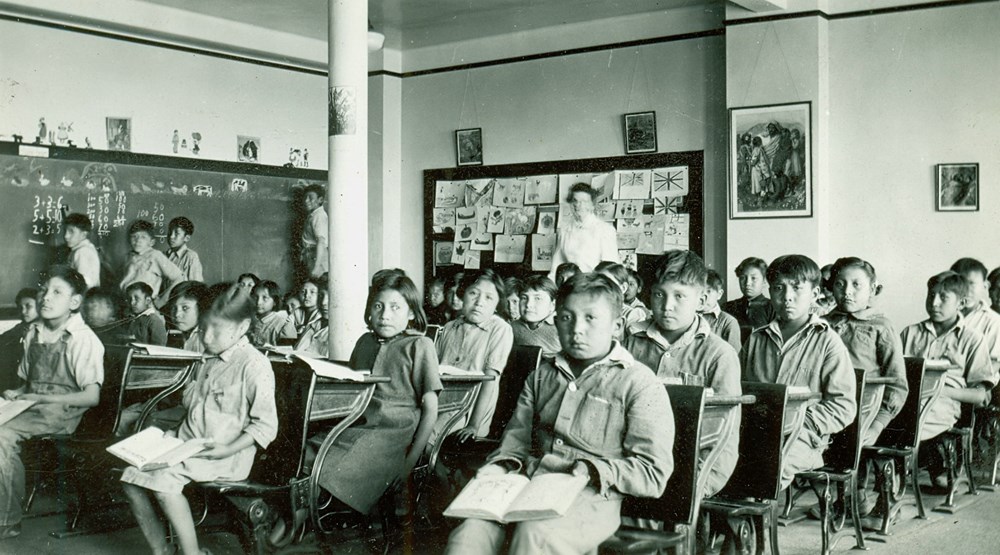
![Formal classroom photo of students at their desks. Principal and teacher stand at the back - [194-?]. P7538-1015 from The General Synod Archives, Anglican Church of Canada](https://irs.preserve.ucalgary.ca/wp-content/uploads/P7538-1015.jpeg)
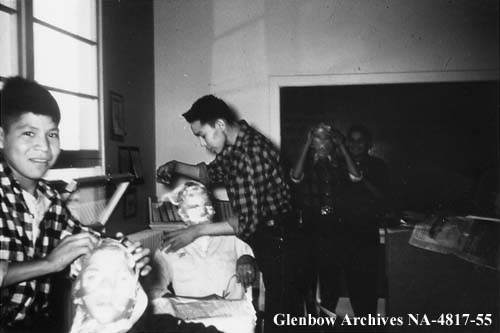
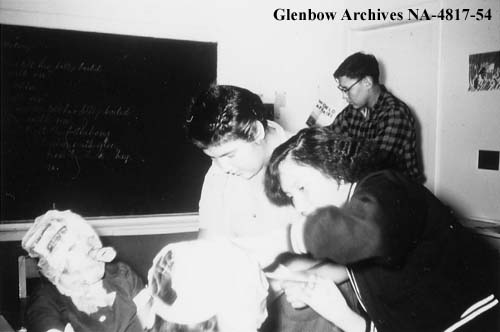
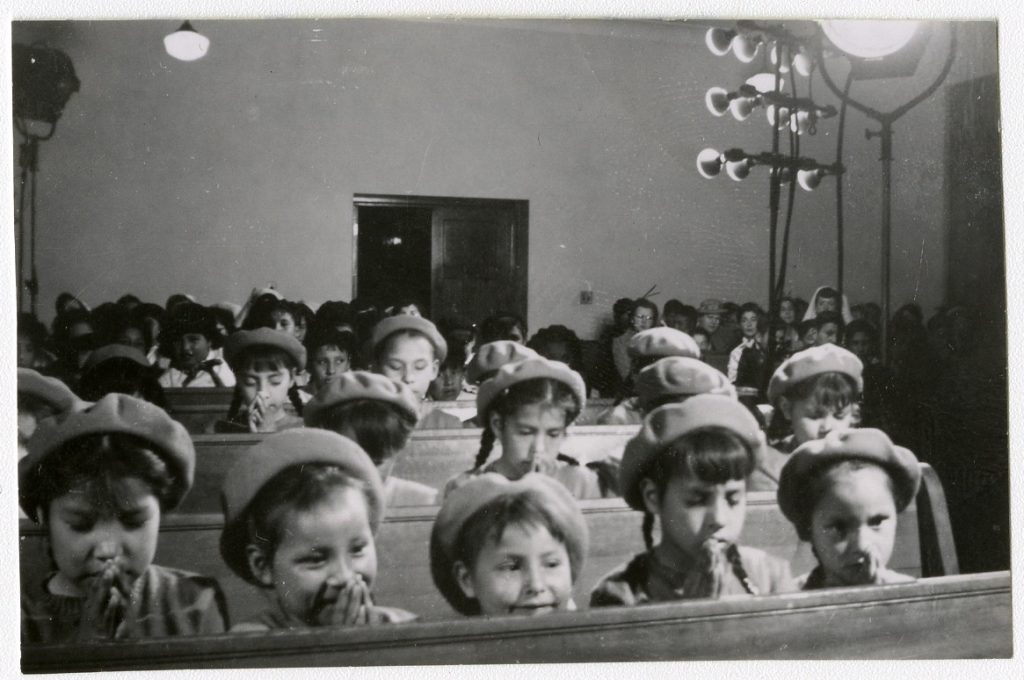
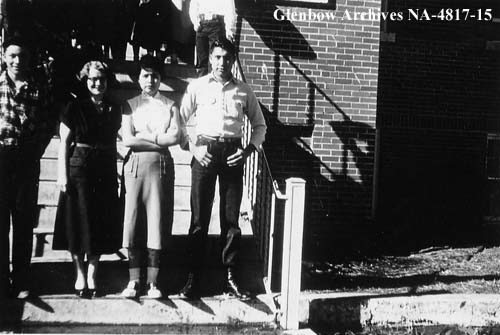
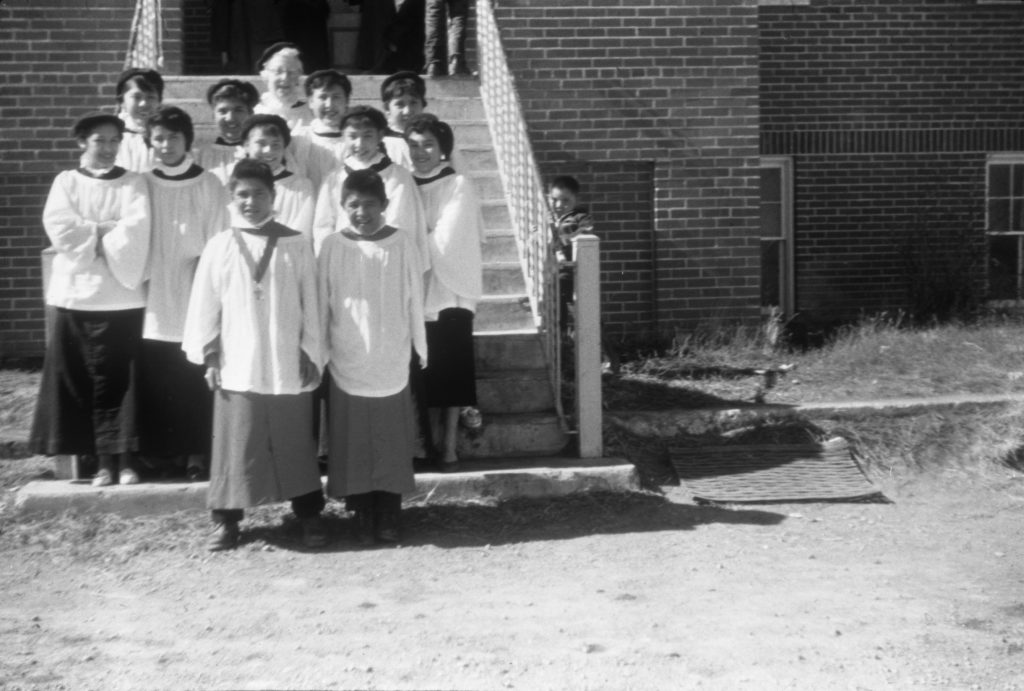

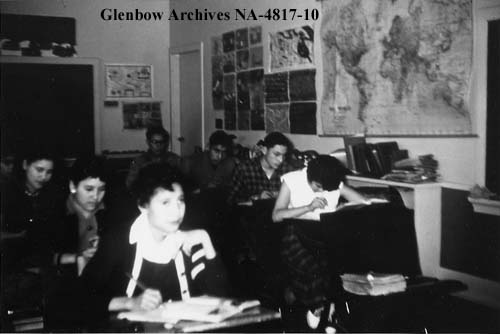
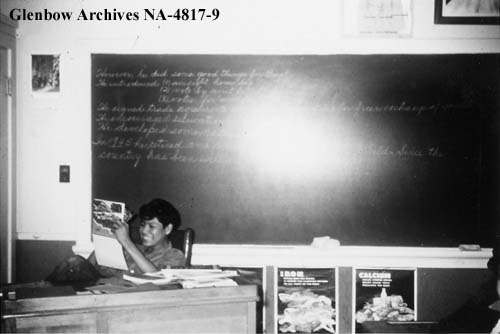
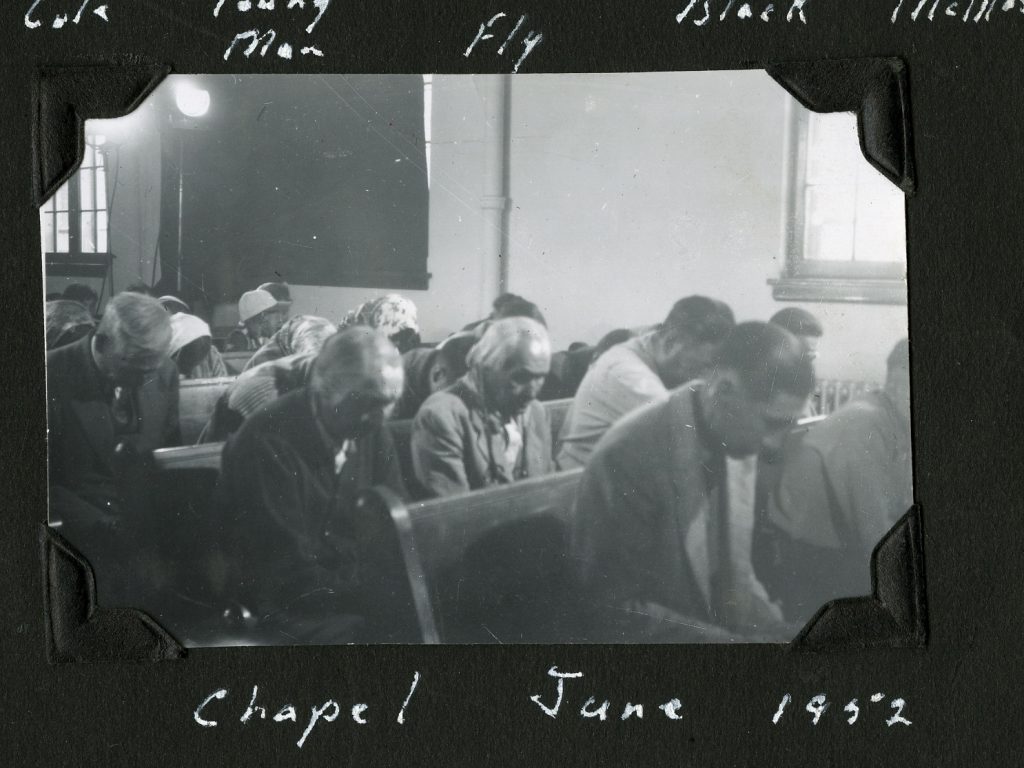

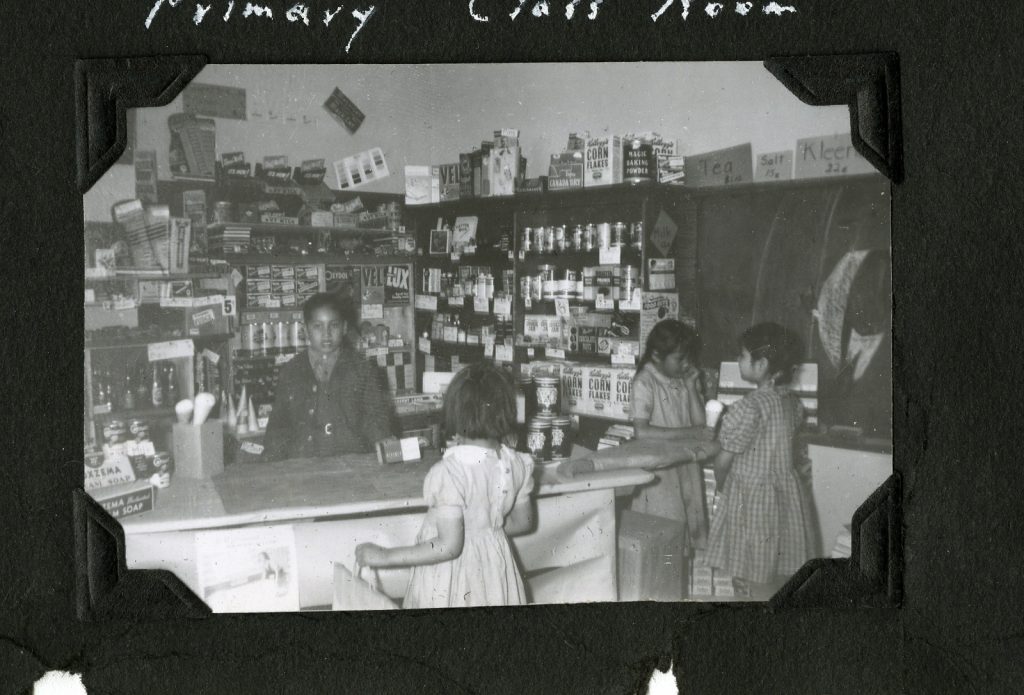
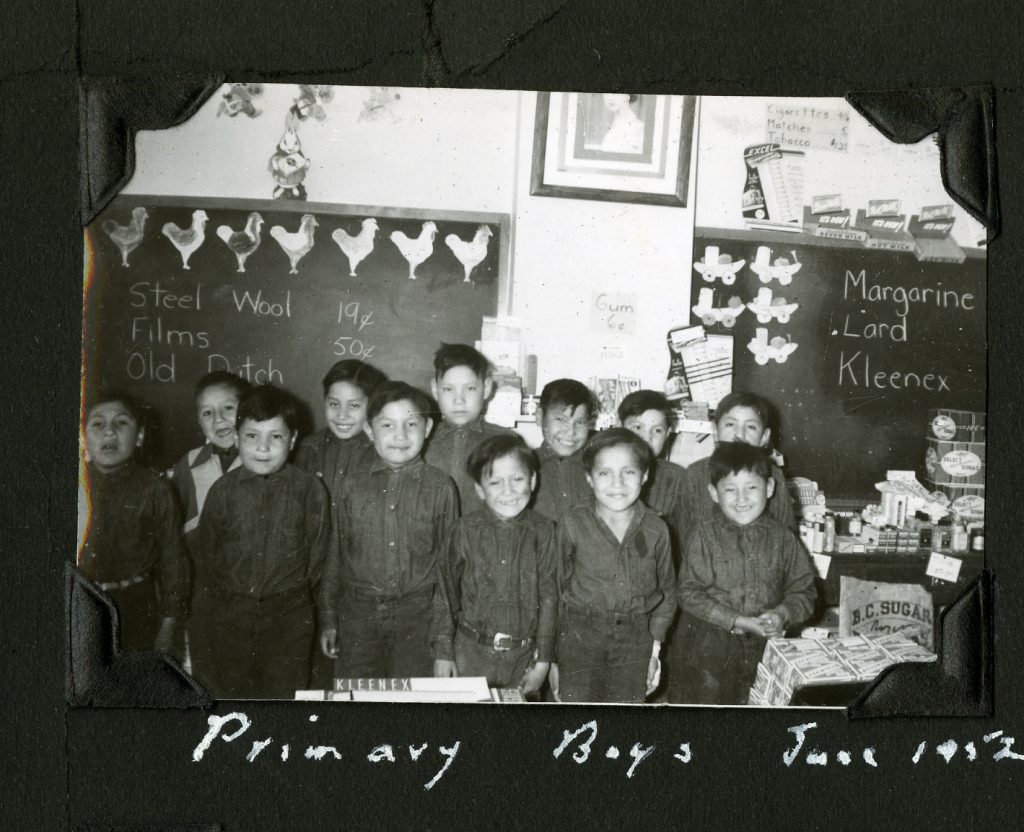
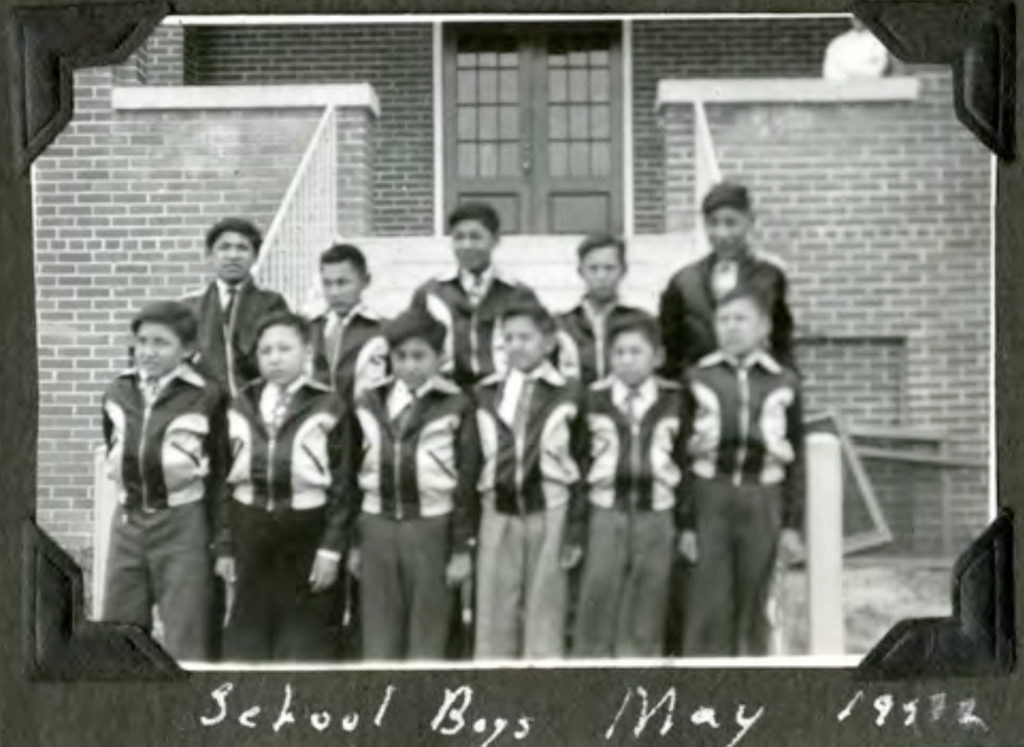
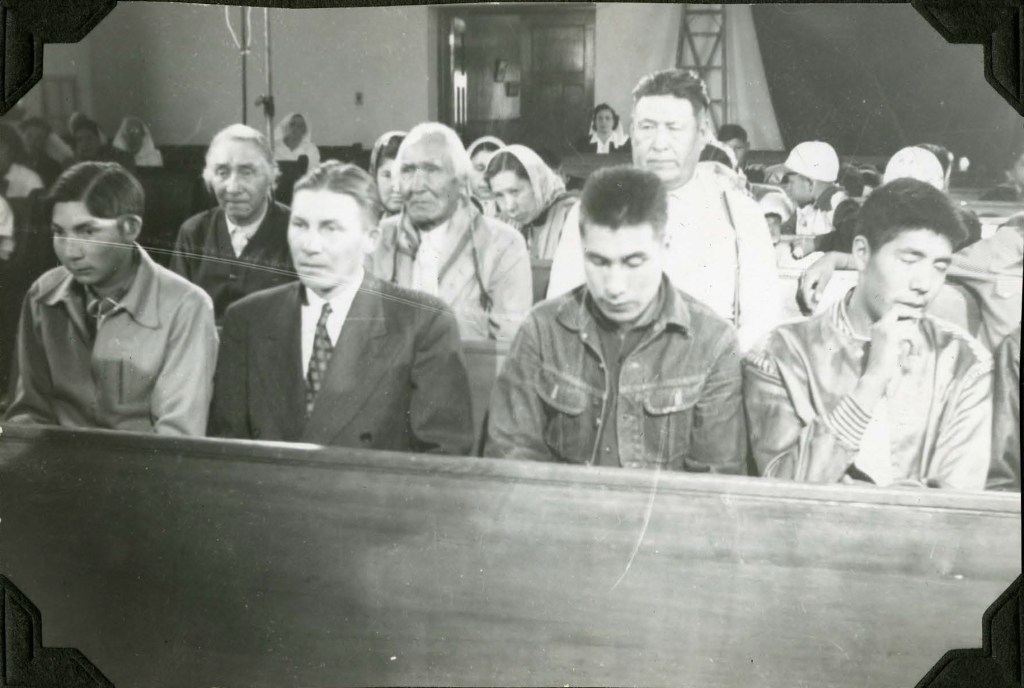
Laser scanning data can be used to create “as built” architectural plans which can support repair and restoration work to Old Sun Community College. This plan was created using Autodesk Revit and forms part of a larger building information model (BIM) of the school. The Revit drawings and laser scanning data for this school are securely archived with access controlled by the Old Sun Advisory Committee.
Some of the threats faced by Indigenous students attending residential schools came from the buildings themselves. The architectural plans contained in this archive, which have been constructed using the laser scanning data, illustrate how poorly these schools were designed from a safety perspective. There were three specific areas that placed the health and safety of students at great risk: Fire Hazards and Protection Measures; Water Quality, and Sanitation and Hygiene. As you explore the archive, you will find more information about the nature of these hazards and their impact on students.

Eileen Black- She Never Quit Drinking in Her Life
And so there was door leading to the outside, oh, and so there’s a main door. There’s a main door and all of the kids were chased outside at recess in the middle of winter, we have to go outside. And that time they issued those leather boots and brown stockings and we used to wear skirts. That’s what we used to wear, and they weren’t even warm, the jackets we wore. I don’t even remember what kind of jacket we used to wear, all I remember was the intense cold going into that, that playground. Ya [expression] we were so cold, shivering. We cant even talk because we were shivering so bad. We would hurry to open the door and ah ‘cause they would lock the door. We couldn’t even go back in because they locked the door.
And the older ones, all I remember was my older sister Kaamihtaki and I don’t know if Pakitsuaki was part of that… but I remember Veronica, Amatsikamoosaki. I remember her and they were, I can picture them, standing around in a circle around, those big girls, they were surrounding around the younger girls. They were trying to keep us warm.
You know, I used to think I wonder if Matsikamoosaki… sometimes I don’t remember a lot, but every once in awhile, I think of it and think of asking even Rachel, “do you still remember residential school?” But even my sisters… but this is their story. They would talk about what they went through in residential school and how they treated badly. I used to think I was treated bad, but listening to them they were treated way worse by the supervisors, by the workers here and of course the students. They were treated bad. I despise that priest Mr. Cole, I hope none of his pictures are in this building Mr. Cole, because my sister, she has passed away, he sexually abused my sister, that Mr. Cole. And now I understand how, how… why she was the way she was. Why she never quit drinking in her life but she also never dealt with this like I did.
So, the stories that are going to be coming out is what’s going to also help our people to heal themselves and not to feel ashamed. I know some are ashamed cause that is what happened to me… because of what I experienced, what I experienced in residential school, and you hate it and feel ashamed. You don’t want to talk about because of that shame but now we have to put away that shame and I am finding out that when you talk openly about it, people are listening, and they don’t judge you for it but they believe what was happening. So I know my sisters and its too bad they have passed away and they probably would have had a lot of stories to say. So, I’m glad I’m contributing to whatever I can.
– Isitsimani, Eileen Black
Notes:
Oral interview with Eileen Black. Conducted, translated, and transcribed by Angeline Ayoungman. Old Sun Community College, June 29, 2022.
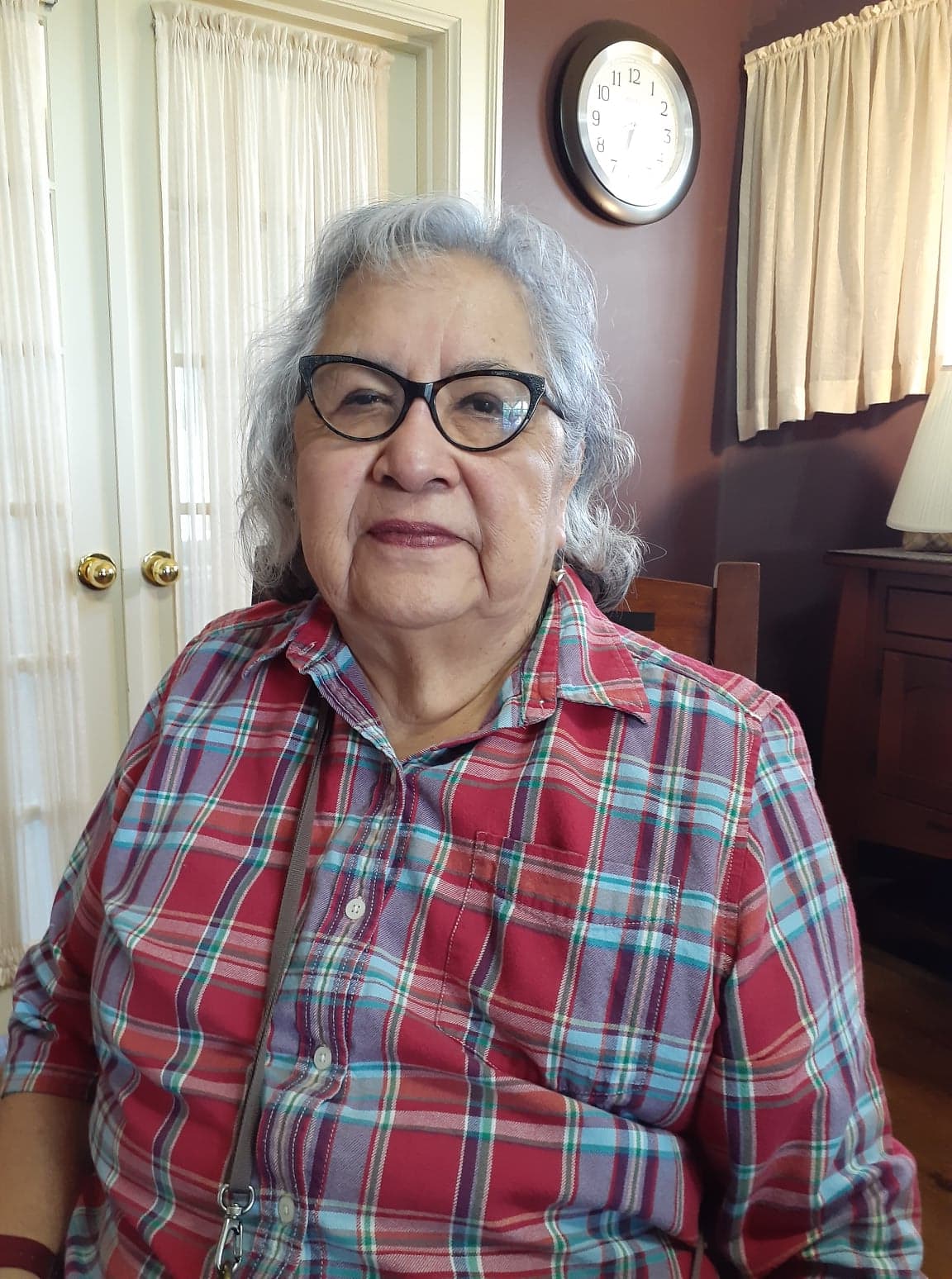
Explore Floors and Rooms
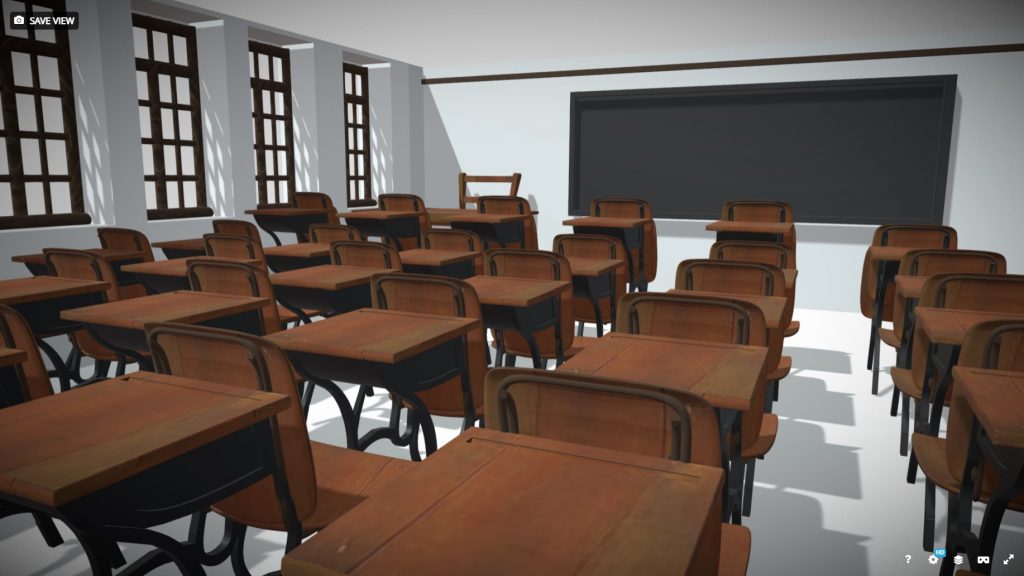
Old Sun Classroom
This computer reconstruction approximates how clas…
Read more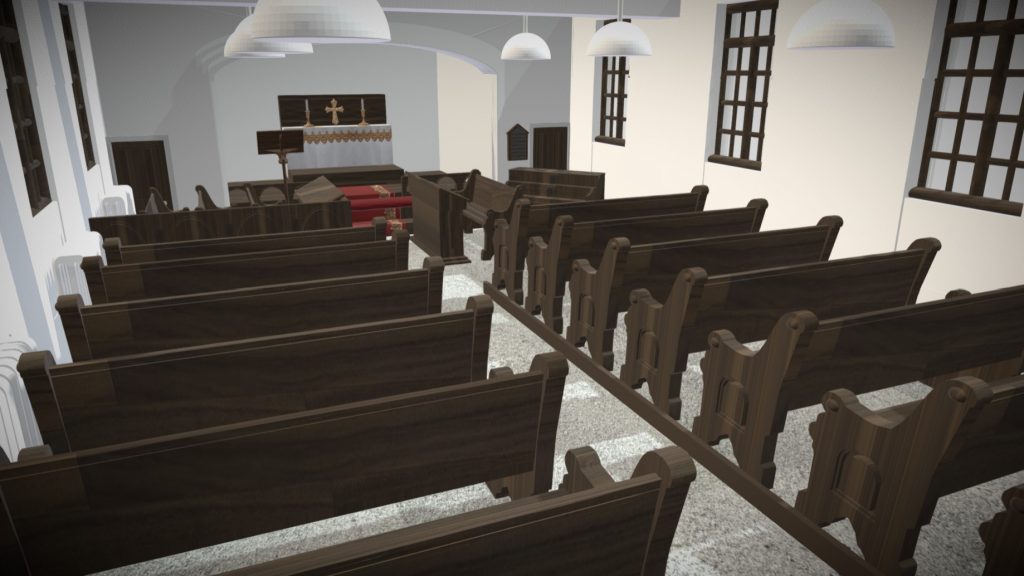
Old Sun Chapel
This computer reconstruction approximates how the…
Read more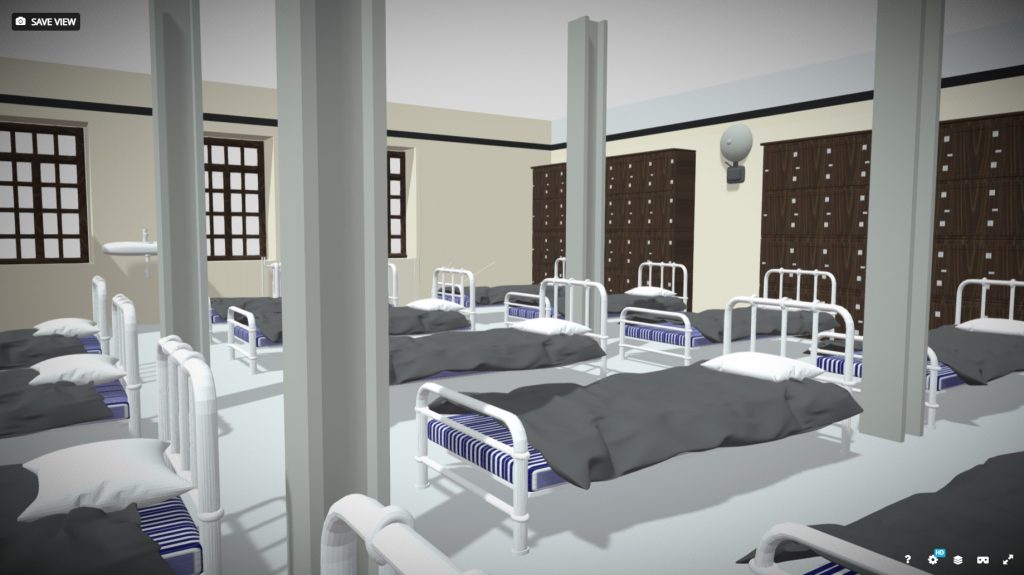
Old Sun Junior Dormitories
This computer reconstruction approximates how the…
Read more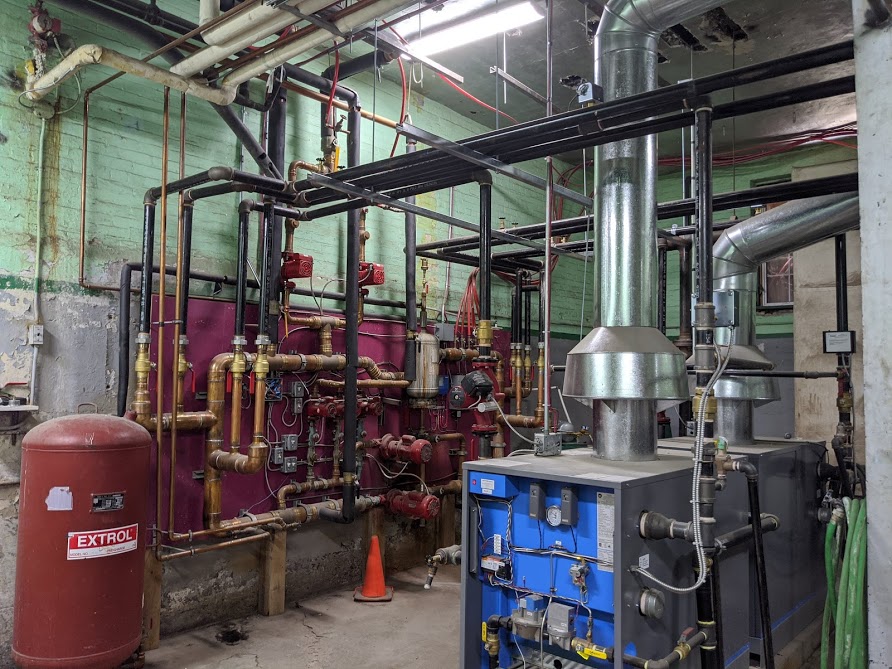
Old Sun Boiler Room
The boiler room and former coal shoot at Old Sun C…
Read more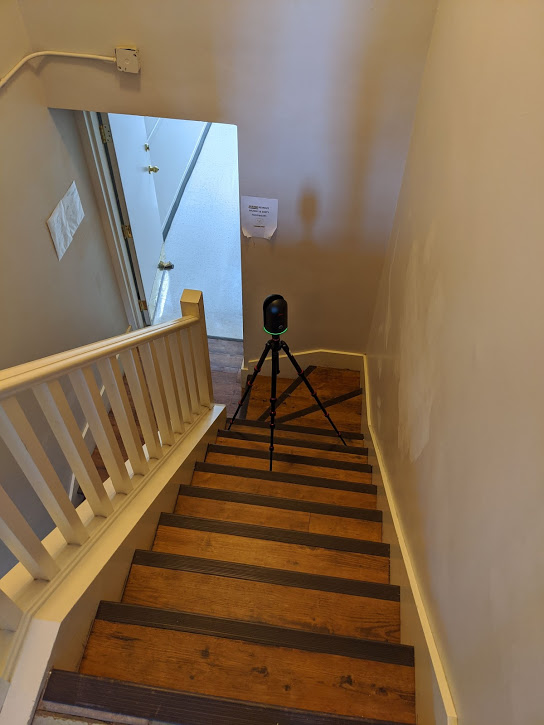
Old Sun Annex
The Annex at Old Sun Community College. This Area…
Read more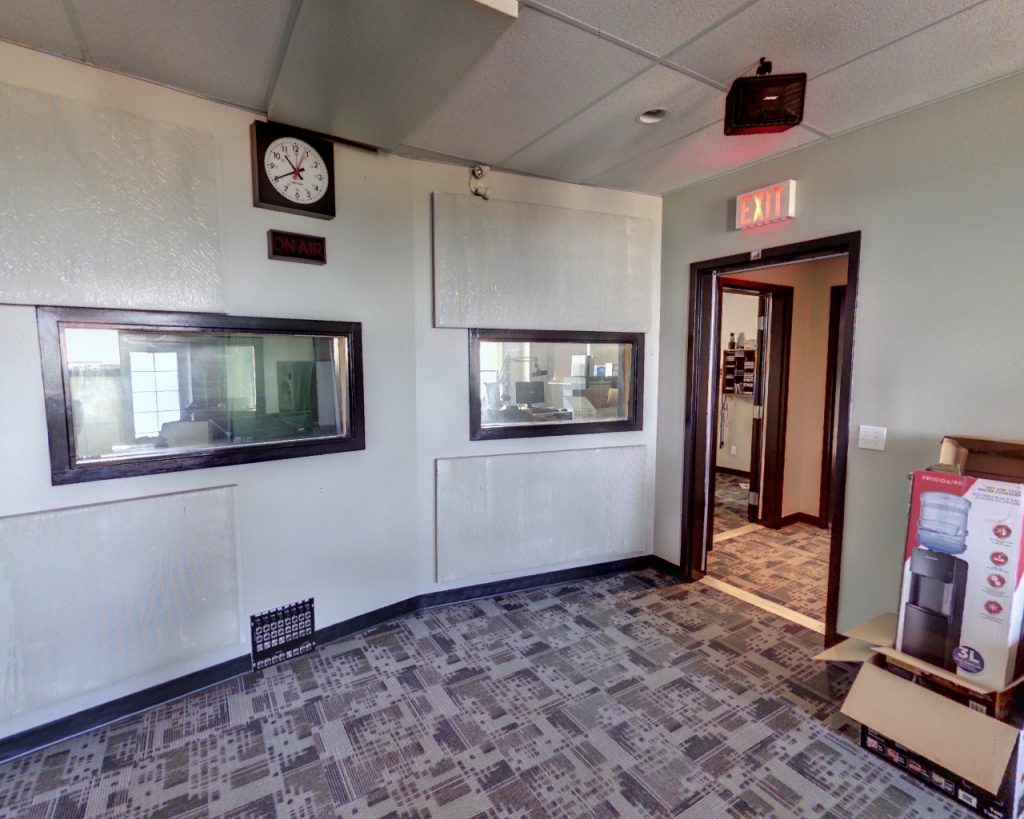
Old Sun Community College Fourth Floor
The Fourth Floor of Old Sun Community College (OSC…
Read more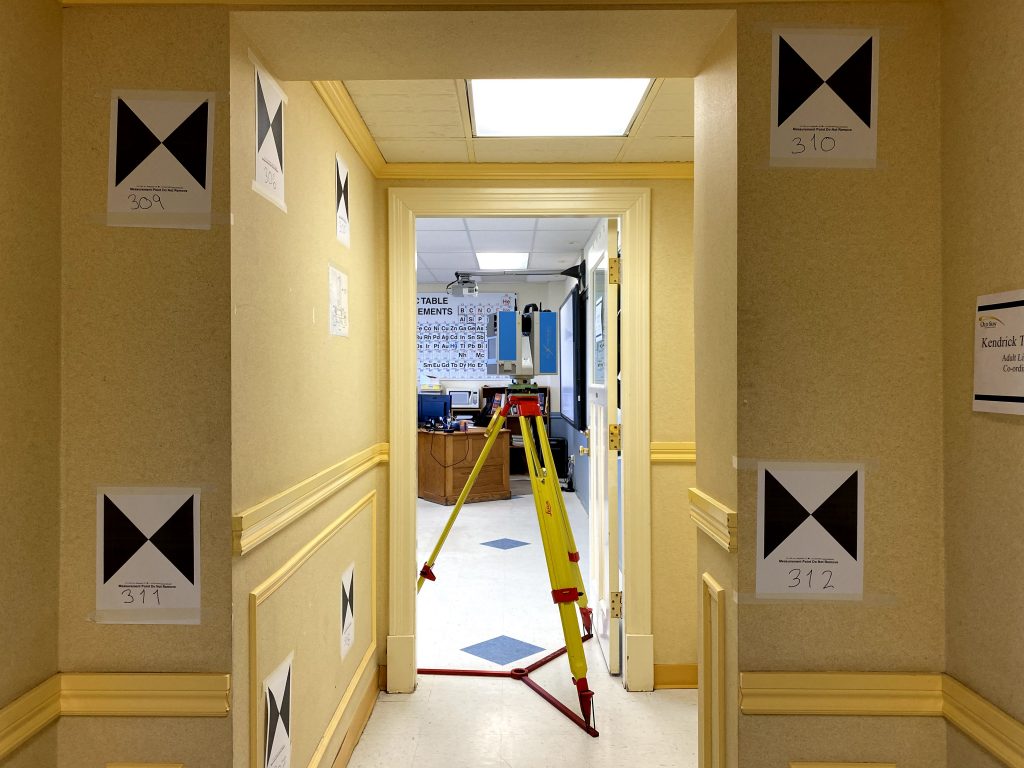
Old Sun Community College Third Floor
The Third Floor of Old Sun Community College (OSCC…
Read more
Old Sun Community College First Floor
The First Floor/Basement of Old Sun Community Coll…
Read more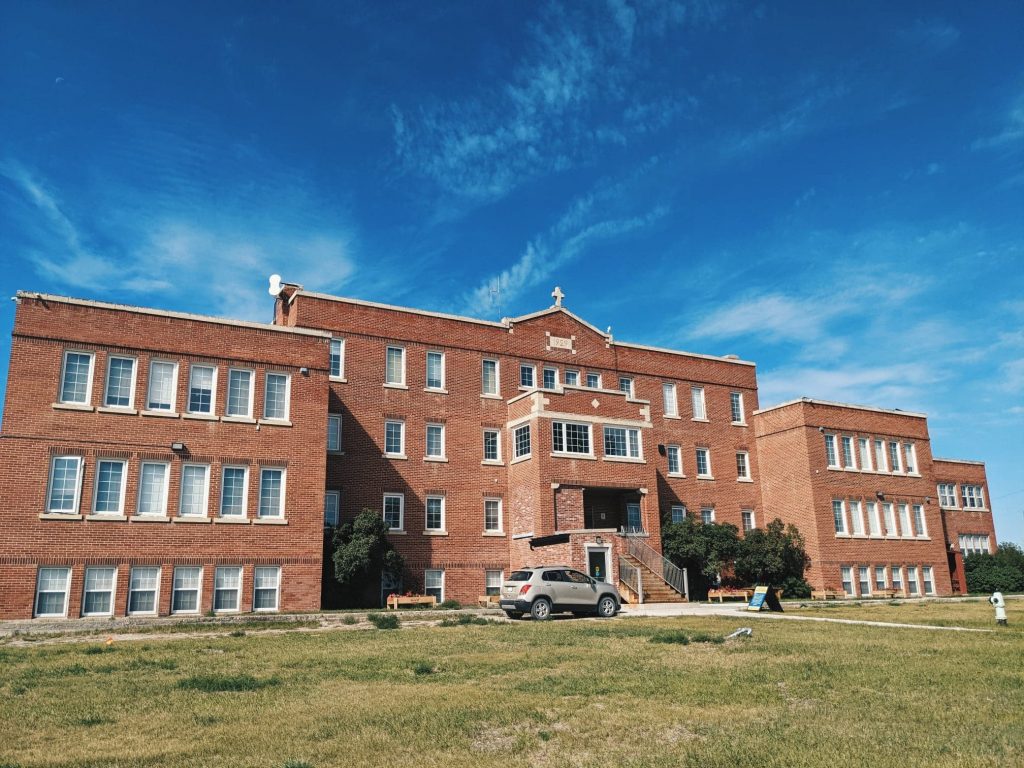
Exterior of Old Sun Community College
Old Sun Indian Residential School operated between…
Read more